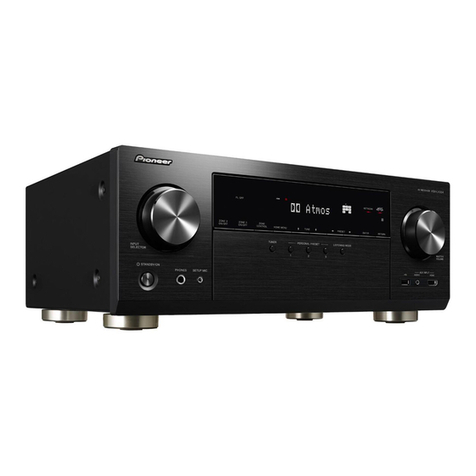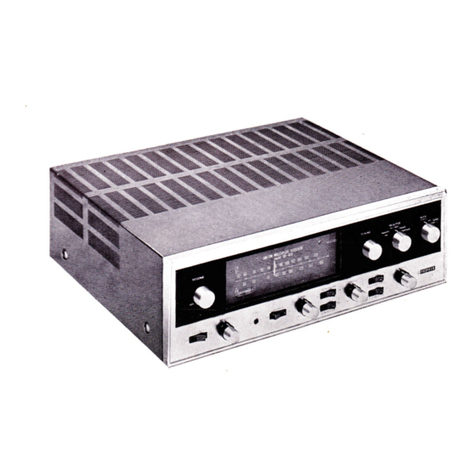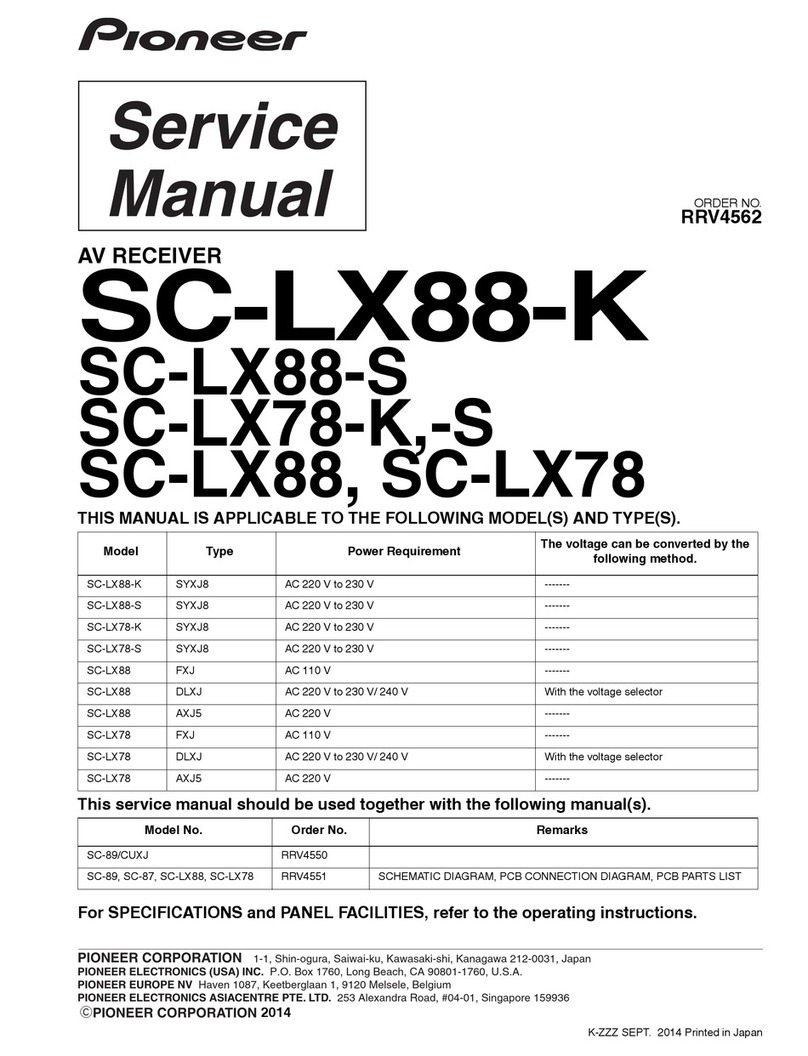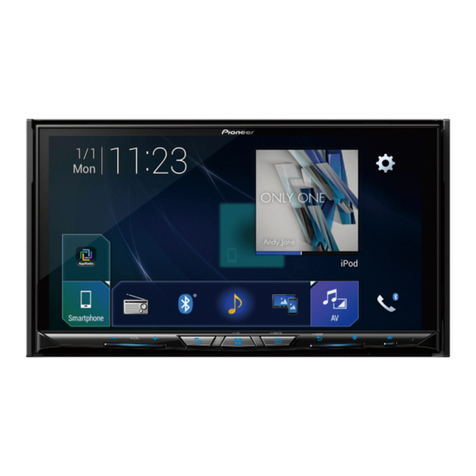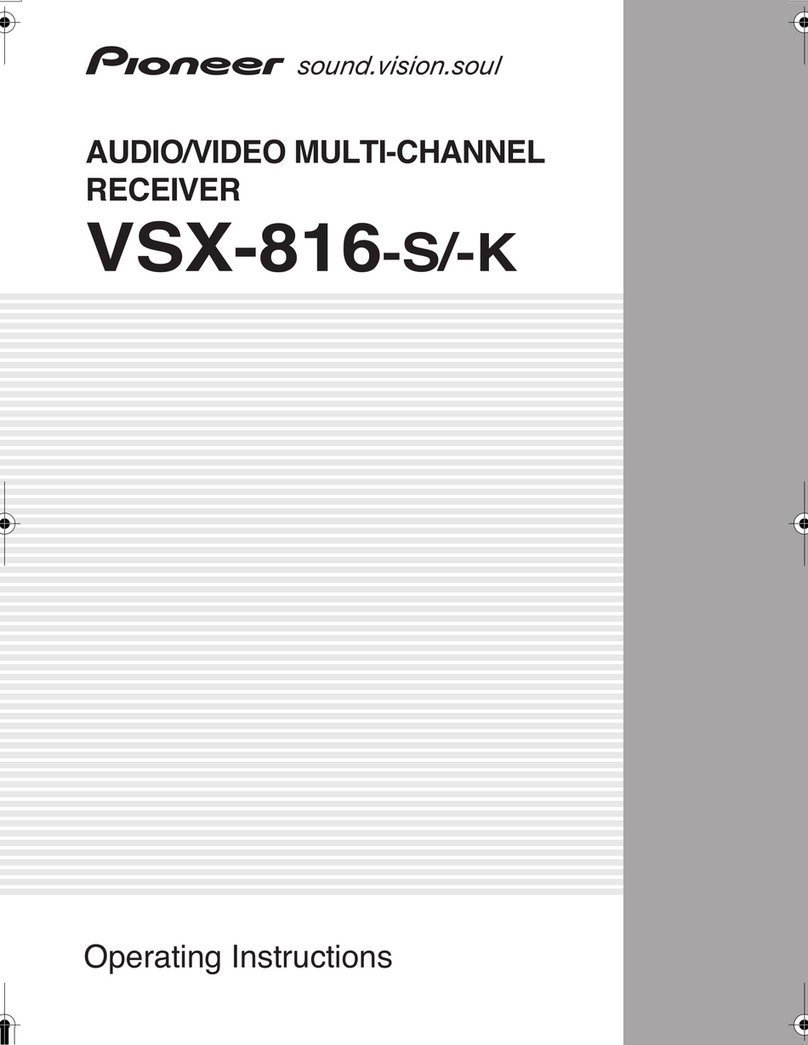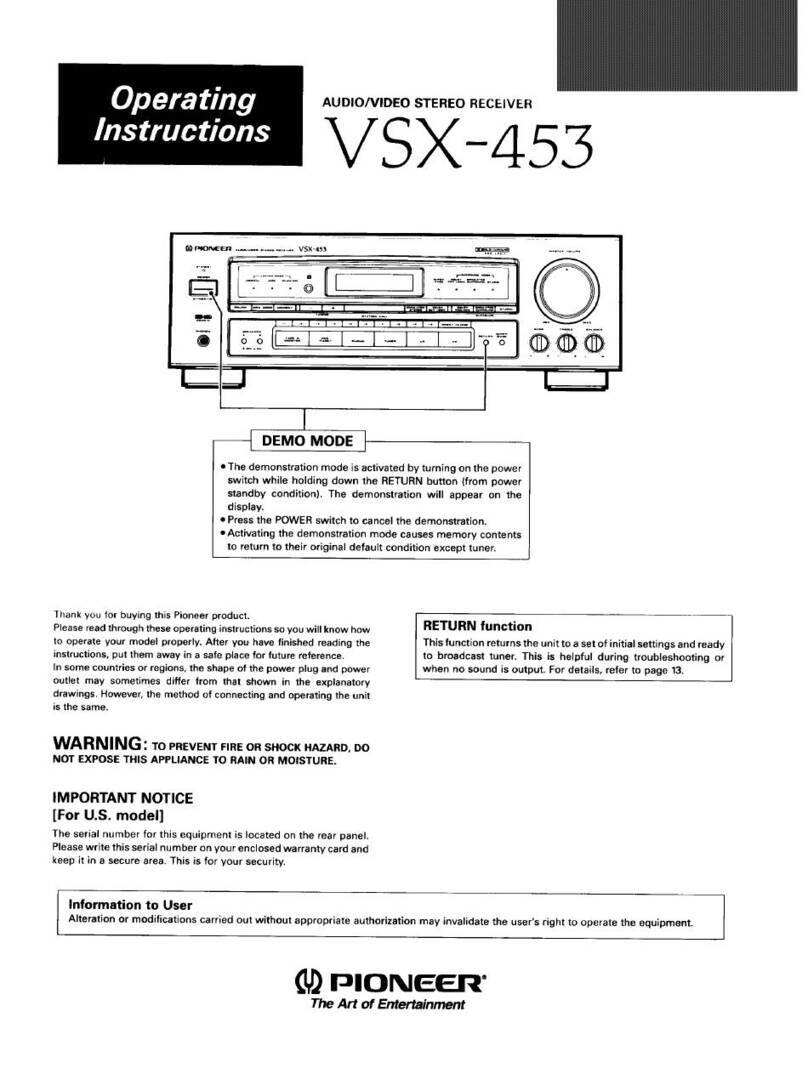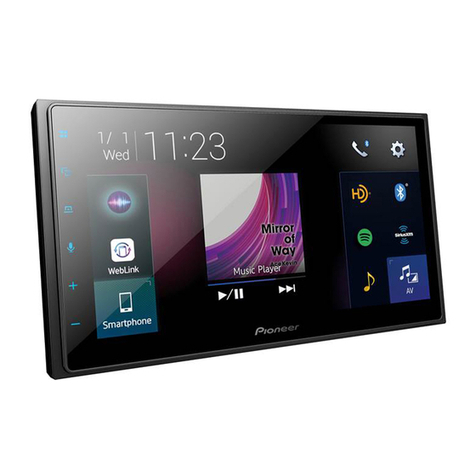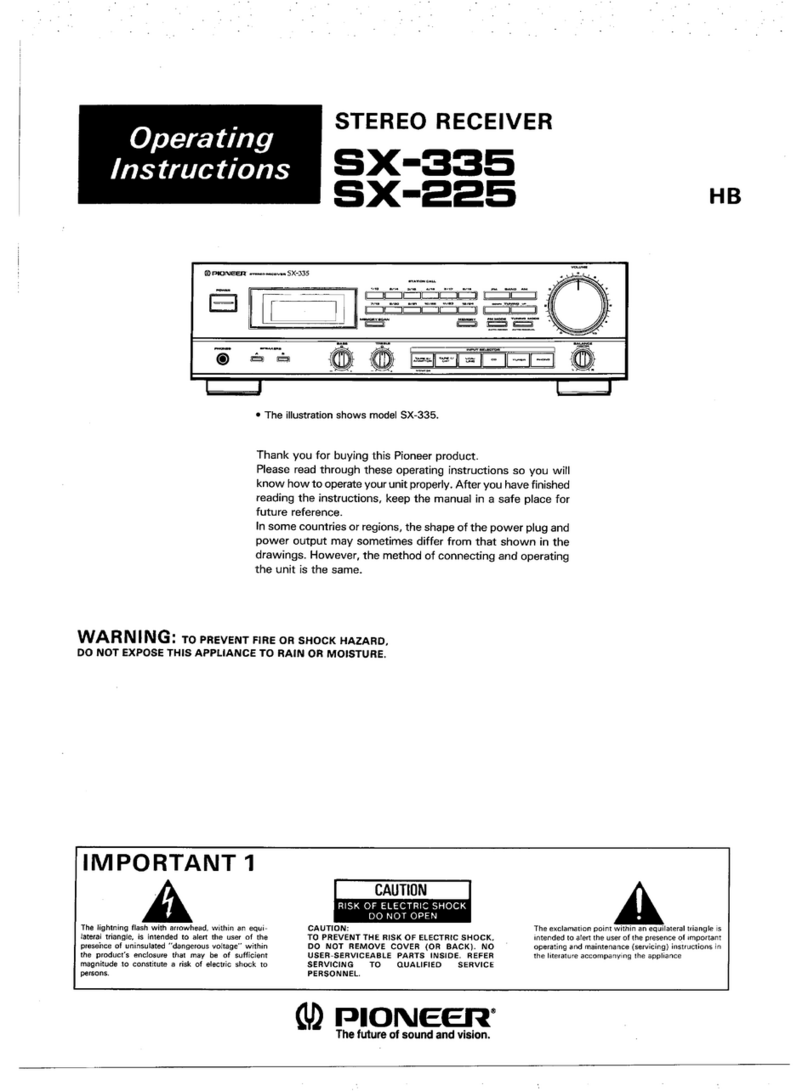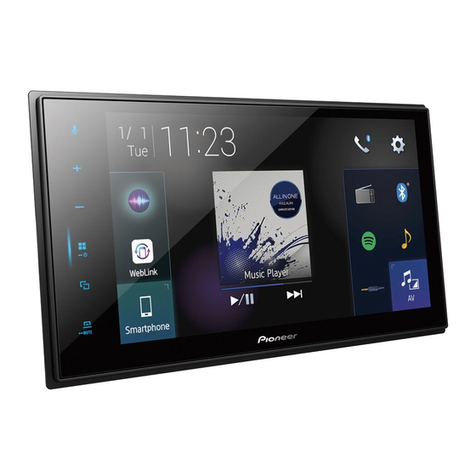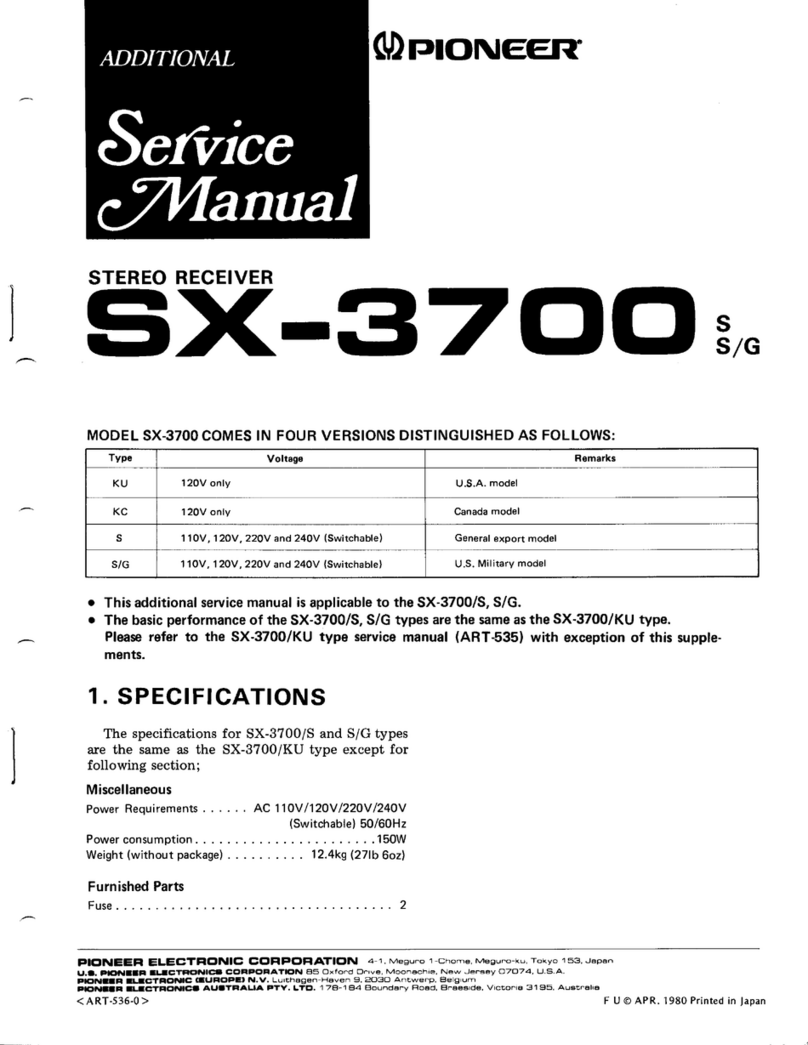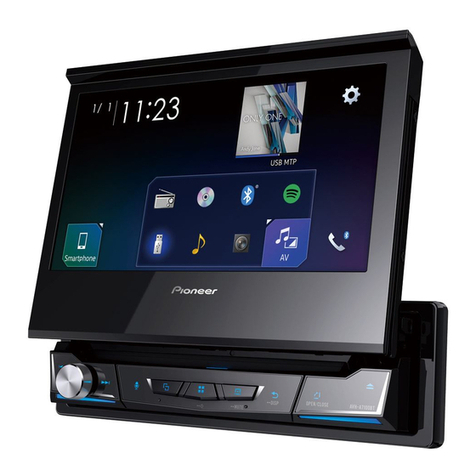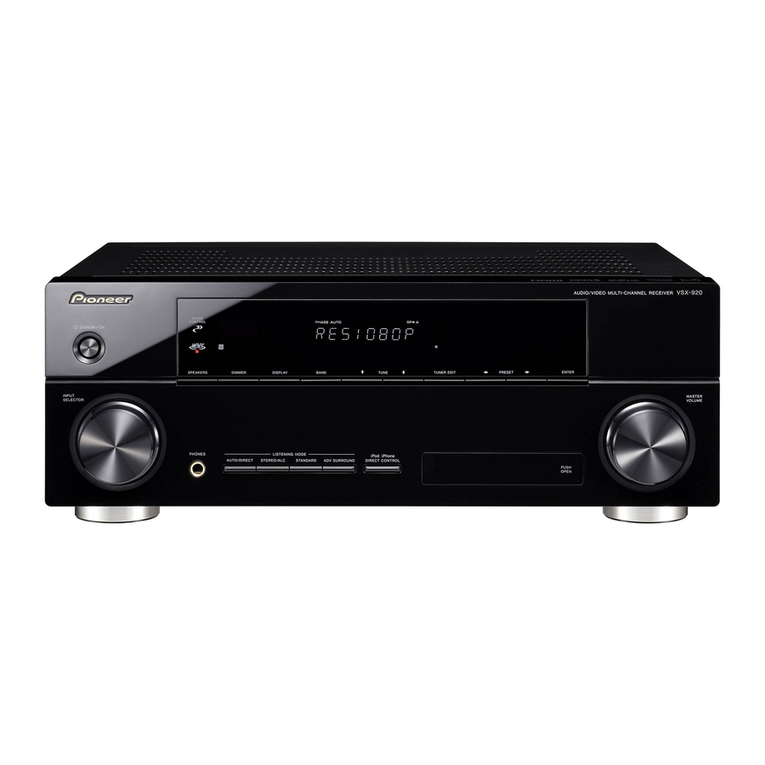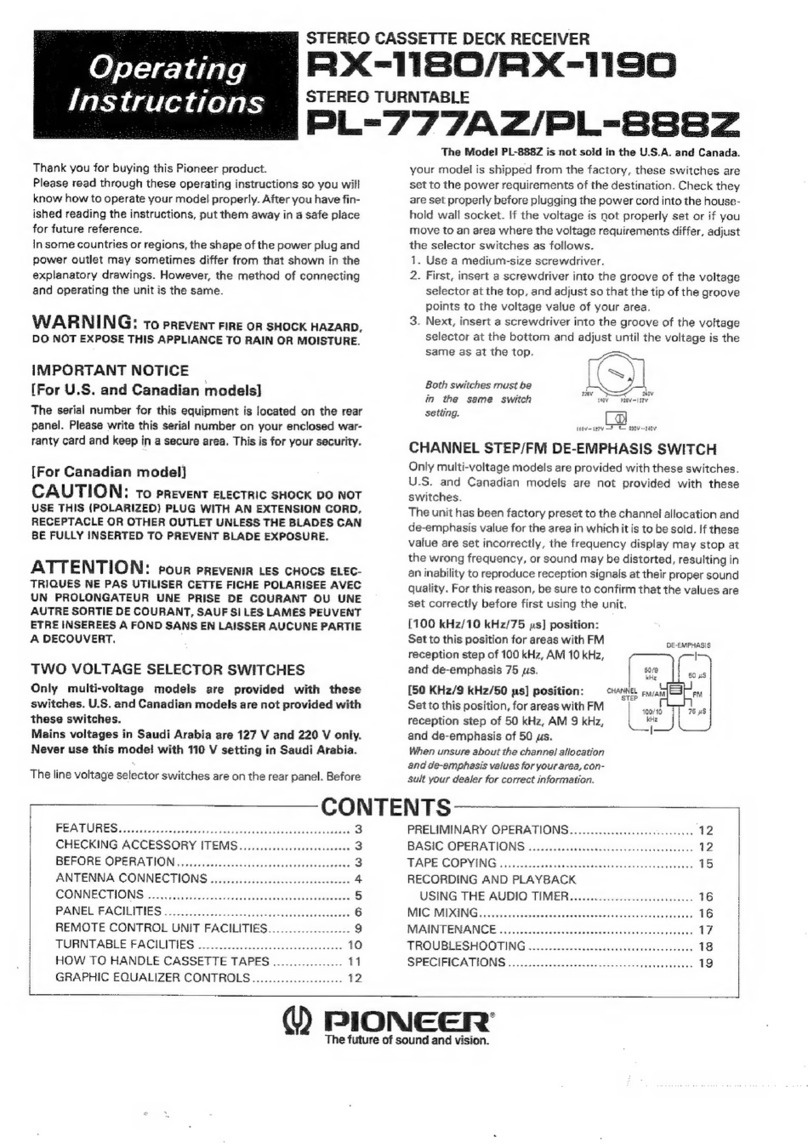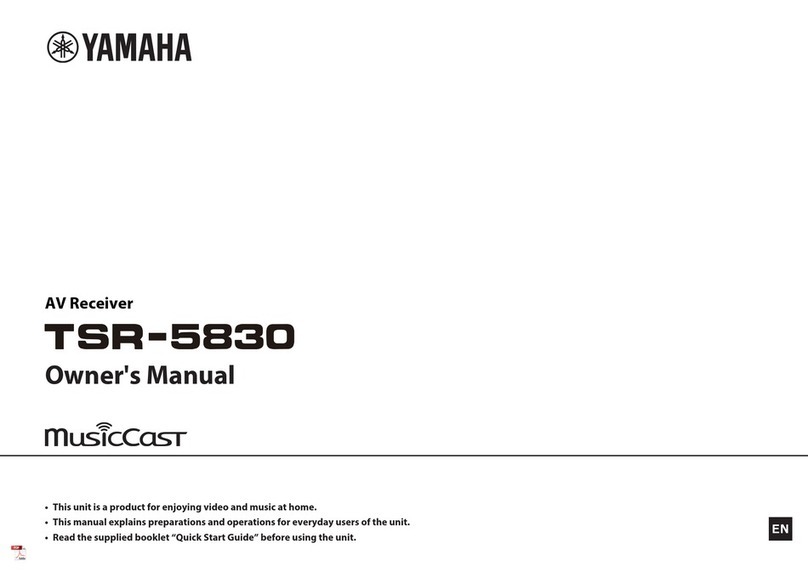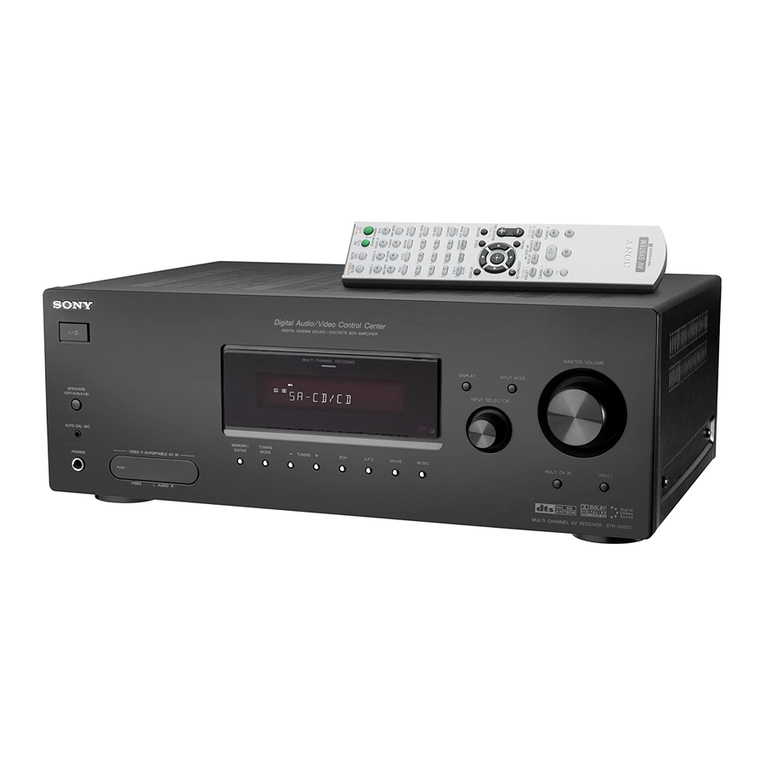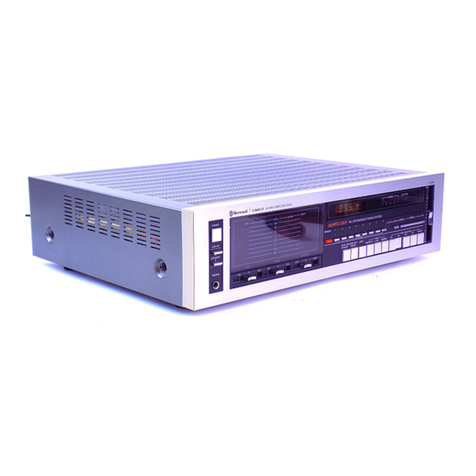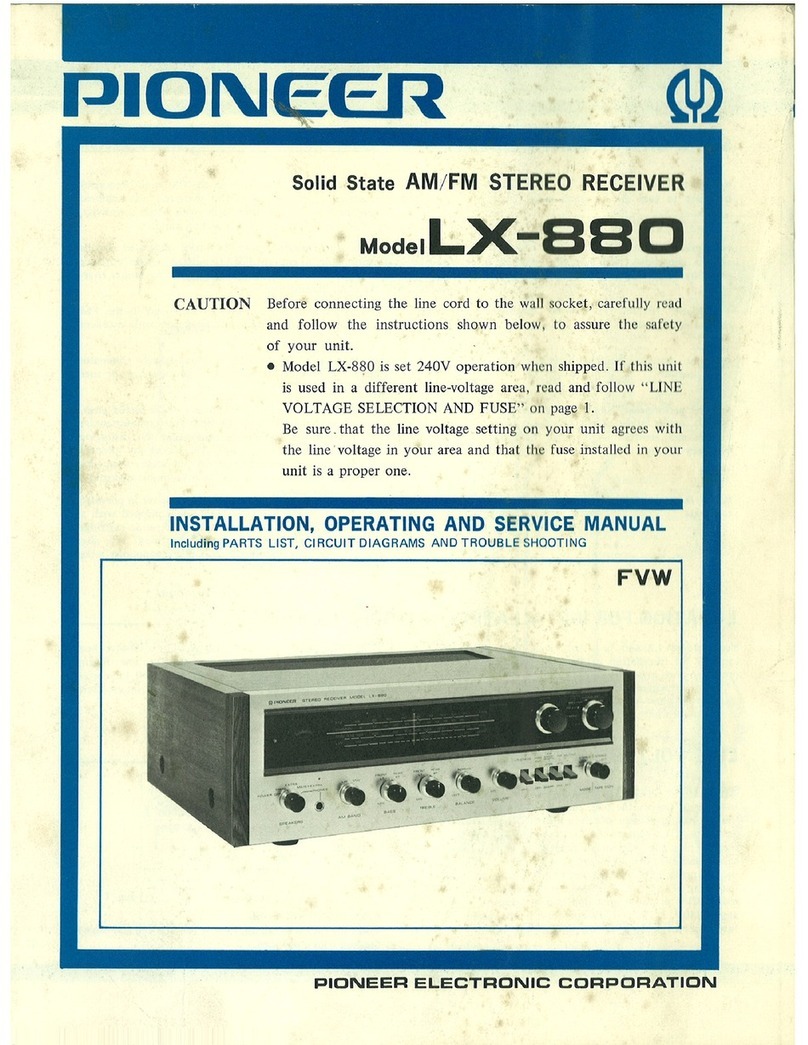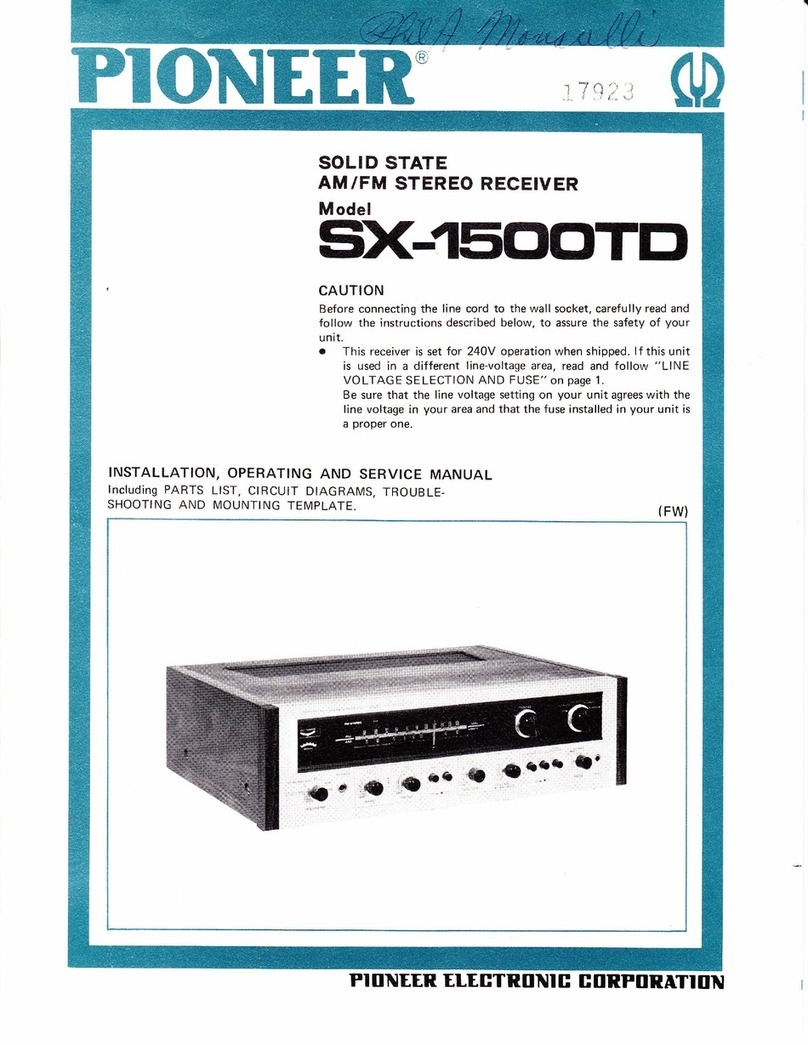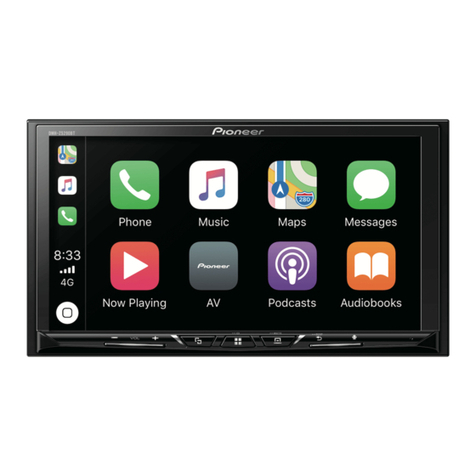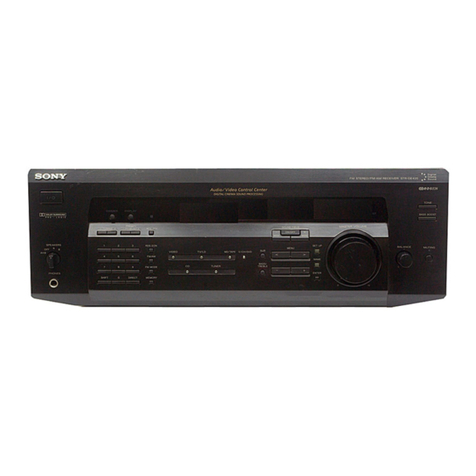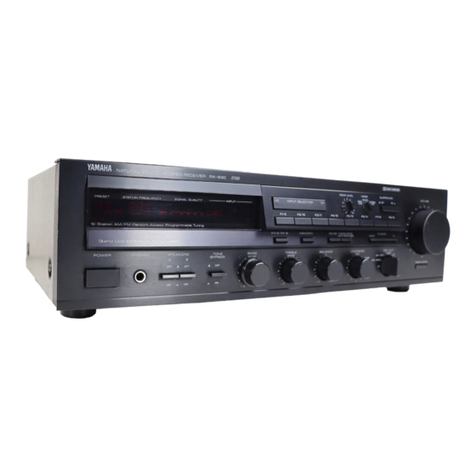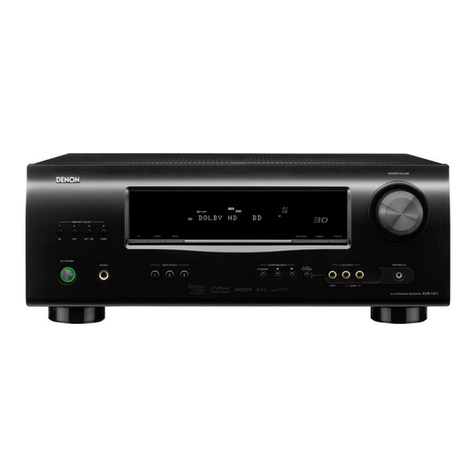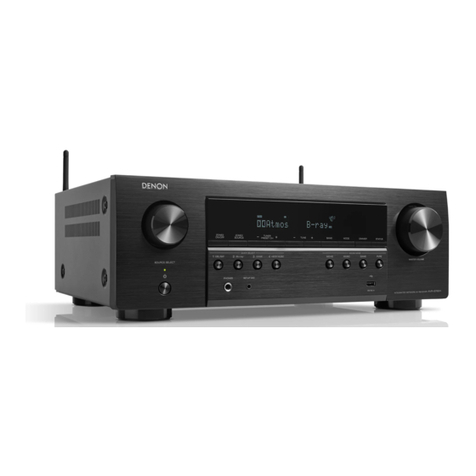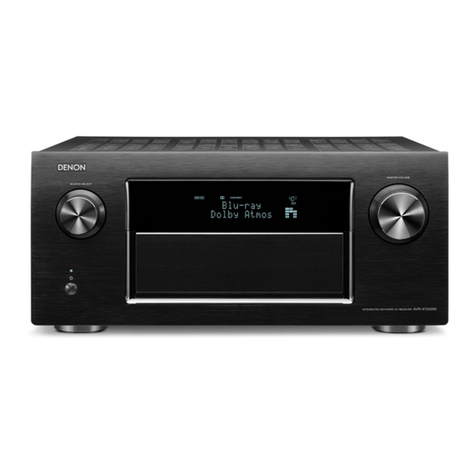
Sx-939
CONTENTS
About
220V
only
model
labeled
“GN”
This
model
whose
rear
panel
is
labeled
“GN”
circular
mark
operates
only
on
220V,
substantially
in
its
circuit
design
from
two
other
models.
When
repairing
this
model,
please
see
the
manual
on
page
71
and
the
followings
which
include
such
items
as
Circuit
connection
diagram,
Miscellaneous
parts
list,
Schematic
diagram
of
power
supply
circuit
assembly,
P.C.
board
pattern
and
its
parts
list.
Before
servicing,
also
please
do
not
fail
to
check
to
see
if
the
“ОМ”
mark
is
labeled
on
the
rear
panel.
12
ESPECIEICANIONSTE
S
ЧЕ
а,
а
ае
pe
rano
04
00
2
ZSSIBRONTPANEISPAGIDITIBS
En
2
00
14054081
43
ern
5
Boe
CONNECTION
DIAGRAM
v.
S
ева
7
AZSBBOGK
DIAGRAM
....
ບ
ВЕ
ete
tele
а
Ens
VER
IESUS
ЭЭ
€
enn
9
BRRIGHROUFTIDESERIRTION
+...
аге
А
мя
ние
ае
11
和
12
Te
DIAG
Ee
(+
чу
аа
аа
ກມລ
າສ
ເນະ
13
82
РАНЛӘТАМЕР:ІСОВОАНЮГОСАШОМ8/72.2...5..55Г2.-7..--5.2......
14
Э
CDIADZGORD:STRINGING:
зз
эз
so.
+з
ed.
ал
х
I
DATI
ERG
аа
16
10.
ALIGNMENT
PROCEDURE
ТЛ:
EUROS
odo
nore
Ote
ala
араў
аў
ара
азса
гол
а
10.2
Germany
(Abgleichverfahren)
ТЕ
EXBEODEDIVIEWANDIBARTSTELSTE
А
ranae
o
Con
ER
é
20
12.
SCHEMATIC
DIAGRAMS,
P.C.
BOARD
PATTERNS
AND
PARTS
LIST
12.1
Circuit
Connection
Diagram
and
Miscellaneous
Parts
12.2
Tuner
Assembly.
(AWE:OAT]
ee
аа
аа.
າກັນ:
ລະເມ
12.3
Muting
Circuit
Assembly
(AWM-063)
. .
.
.
.
.
.
.
. .
.
.
.
.
.
.
. .
.
....-..-
12.4
Equalizer
Amplifier
Assembly
(АМЕ-013)
........................
12.5
Control
Amplifier
Assembly
(AWG-027)
.
.
.
.
.
.
.
.
. .
.
.
.
.
.
.
........-
12.6
Power
Amplifier
Assembly
(AWH-030)
.
.
.
.
.
.
.
.
. . .
.
.
.
.
.
.
. . .
.......
12.7
Protection
Circuit
Assembly
(AWM-062)
.
.
.
.
.
.
.
.
.
.
.
.
.
. .
.
-
.
.
.
.
. . .
.
12.8
Power
Supply
Circuit
Assembly
(AWR-052)
12.9
Switch
Circuit
Assembly
(AWS-064)
.
. .
.
.
. .
.
.
.
.
.
. .
.
.
. .
. .
.....--...-
12.10
Switch
Circuit
Assembly
(AWS-065)
.
.
.
.
. .
.
.
.
. . . .
.
.
.
. . .
.
.
.
.......
61
12.11
Switch
Circuit
Assembly
(АМ/5-066)....
3102
12.12
Switch
Circuit
Assembly
(АМ/5-067).............................
64
12.13
Switch
Circuit
Assembly
(AWS-068)
.
.
.
. .
.
..
.
.
..
.
. .
..
. .
. . .
. .
. .
.
.
.
. .
66
12.14
Switch
Circuit
Assembly
(АМ/5-069).............................
67
12:15
БР
Connector
Assembly
(АМ/Х-062)..
22505...
.
. . .
. .
. . . .
.
. . . .
.
.
-:-
69
13.
PACKING
METHOD
AND
PART
NUMBERS
..
.
.
. . . . . .
.
.
. .
.
...........-
70
14.
SCHEMATIC
DIAGRAMS,
P.C.
BOARD
PATTERN
AND
PARTS
LIST
FOR
220V
ONLY
MODEL
14.1
Circuit
Connection
Diagram
and
Miscellaneous
Parts
................
71
14.2
Power
Supply
Circuit
Assembly
(AWR-056)
.......................
76
